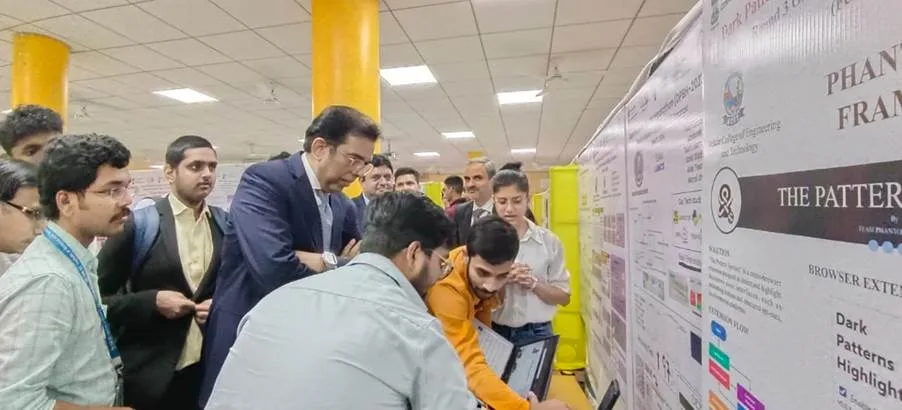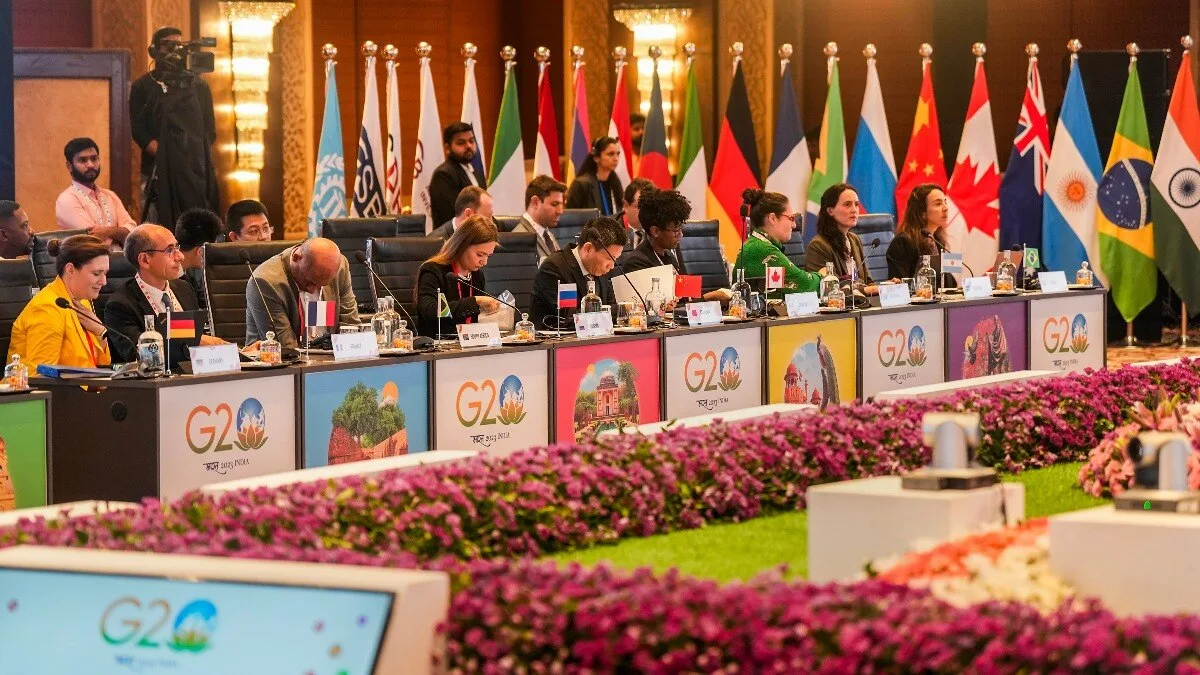An eminent team from IIT Kanpur has been enlisted to support the Archaeological Survey of India (ASI) in conducting a non-intrusive and non-destructive survey of the disputed Gyanvapi premises in Varanasi. The collaboration comes as a significant step forward after the Allahabad High Court granted permission for a scientific survey of the site, responding to the request made by Hindu petitioners.
The ASI sought the technical expertise of IIT-Kanpur in July, and the institute has gladly accepted the responsibility. Led by Professor Javed N Malik, the head of the Earth Sciences department at IIT-K, the team will employ Ground Penetration Radar (GPR) for the survey and investigation of the Gyanvapi premises.
Professor Malik spoke highly of the GPR technique, emphasizing its robustness and efficiency in non-intrusively imaging underground structures and sub-surface mapping. With this method, the team will be able to detect structures, metal, concrete, or cables up to 8-to-10-meters deep in the ground, providing two and three-dimensional profiles of the findings.
The decision to involve IIT-Kanpur was made during a hearing in the Allahabad High Court on July 26, when the Additional Solicitor General of India was asked to demonstrate how the survey would be conducted. ASI’s additional director, Alok Tiwari, assured the court that no damage or demolition of any structure or its parts, such as walls or pillars, would occur during the survey. This commitment aligns with the principles of non-destructive techniques, ensuring the preservation of the site’s historical integrity.
Ground Penetration Radar (GPR) is a non-destructive geophysical method that employs radar pulses to image objects and features beneath the surface, particularly underground. It is extensively used in archaeology to detect and map buried artifacts, structures, and archaeological elements, without causing any harm to the site being explored.
The GPR system operates by transmitting electromagnetic energy into the ground through a transmitting antenna. This energy pulse travels through the ground and reflects off underground structures based on their electrical permittivity. A receiving antenna then records variations in the return signals, which are utilized by the GPR device to generate images representing changes in electrical properties of the sub-surface.
The GPR uses the microwave range of the electromagnetic spectrum, typically between 10 MHz and 2.6 GHz. The resulting data can be plotted as profiles, plan-view maps, or even three-dimensional models, making it a versatile and valuable tool for archaeologists.
The collaboration between IIT-Kanpur and ASI marks a significant milestone in preserving the historical and cultural heritage of the Gyanvapi premises. With GPR technology in their hands, the team can delve into the depths of history without compromising the structural integrity of the site. This scientific survey promises to provide valuable insights into the past and may help settle the long-standing dispute surrounding the revered Gyanvapi premises.
Director of IIT Kanpur, Dr. Abhay Karandikar, has confirmed the institute’s readiness to assist ASI in the survey using GPR technology, and the team is prepared to initiate the process as soon as requested. As Professor Malik returns from Singapore on August 5 morning, the collaboration is all set to commence, heralding a new chapter in the quest for understanding the historical significance of the Gyanvapi premises.



